When people think about human experimentation, the first thing that probably comes to mind is Frankenstein, the poster monster for human experimentation. Of course, that’s a movie and not the real deal. If that were a true story, there would be some dire consequences for such morbid experimentation.
It’s unethical and illegal For instance, some experiments may expose participants to hazardous materials or emotionally and physically demanding situations, making them vulnerable to physical and psychological harm
Here are the 25 strangest human experiments ever conducted.

The Tearoom Trade Sex Study

In the 1960s, sociologist Laud Humphreys conducted a groundbreaking study called the Tearoom Trade, which focused on men who engaged in sexual activity with other men in public restrooms – known as “tearooms” at the time.
Through observation and interviews, he aimed to explore the social dynamics of this environment and the motivations of those involved. Although his methods have since been heavily scrutinized for ethical lapses, Humphreys’ research remains a seminal text in sociology, sparking debate and inspiring further inquiry into the matter.
The Stateville Penitentiary Malaria Study
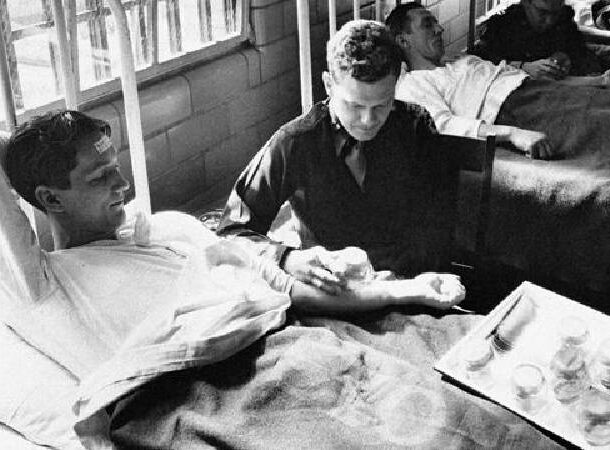
The Stateville Penitentiary Malaria Study of the 1940s is one of the most controversial studies ever conducted. It took place at Stateville Penitentiary in Illinois and aimed to test the effects of malaria on prisoners by deliberately infecting them with the malaria parasite.
Various drugs were then administered to measure their effectiveness in treating the infection, resulting in a successful experiment that further advanced our understanding of malaria and its treatment methods.
The study caused much ethical debate due to its exploitation of inmates as unwilling participants, but it nonetheless provided invaluable insight into this serious illness.
Operation ARTICHOKE
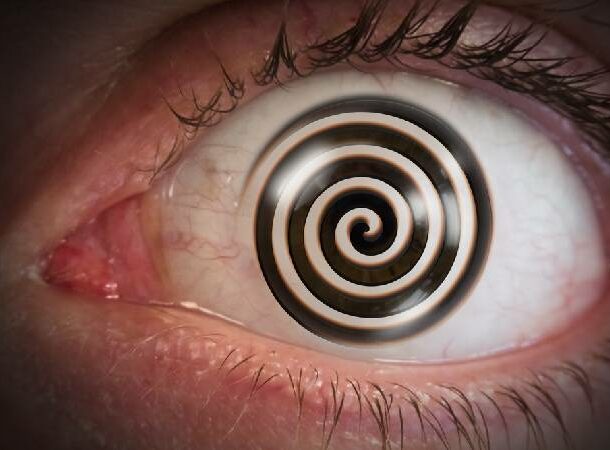
Operation ARTICHOKE was a CIA-led program that ran from 1951 to 1961 and sought to investigate the use of hypnosis and other forms of psychological manipulation in intelligence gathering and behavior modification.
This program was part of the larger MKUltra project, initiated by the CIA to study the effects of psychological manipulation on human subjects. Specifically, Operation ARTICHOKE aimed to assess the efficacy of hypnosis and other psychological techniques in eliciting information from interrogated individuals.
In addition, it also sought to understand how hypnosis could be used in altering a person’s memory or behavior for covert operations. Despite its potential applications, the program was controversial and eventually discontinued due to ethical conflicts.
The Monster Study

In 1939, Wendell Johnson, a psychologist from the University of Iowa conducted a psychological experiment known as the Monster Study. This study was focused on observing the effects of stuttering on orphaned children.
It included 22 subjects who were randomly divided into two groups: one group underwent positive speech therapy while the other group was subjected to negative speech therapy. The latter group faced discouraging remarks and verbal criticism which resulted in some of them developing problems with stuttering.
Furthermore, this experiment has been deemed unethical due to the psychological trauma it inflicted on these children and its lack of consent from their guardians or legal representatives.
Operation Midnight Climax

Operation Midnight Climax was a clandestine CIA program conducted during the 1950s and 1960s as part of the larger MKULTRA project. Agents established safe houses in San Francisco and New York City, where they lured unsuspecting men with prostitutes.
Once back at the safe house, they were unknowingly administered hallucinogenic drugs such as LSD to observe and document the effects of these substances on behavior. This unethical experiment continued until it was exposed to the public in the 1970s, leading to its termination.
Throughout its years of operation, Operation Midnight Climax tested numerous psychedelics on hundreds of unwitting subjects in an effort to better understand their effects on human psychology.
Sexual Reassignment

Sexual reassignment is a term that refers to the process of transitioning from one gender to another. This can involve various medical procedures and therapies to help people align their physical appearance and body with their gender identity. For some people, this can include hormone therapy, surgeries to alter the appearance of their genitals, chest, or face, and other treatments.
There have been cases of sexual reassignment at birth. One of the most famous among them is that of the Canadian David Reimer, who was born biologically male in 1965. However, after a botched circumcision doctors performed sexual reassignment on him, and he was raised as female.
Reimer realized he was not a girl when he was between the ages of 9 and 11 and began living as a male from the age of 15. As a result, he suffered from severe depression and eventually took his own life.
Project MKUltra
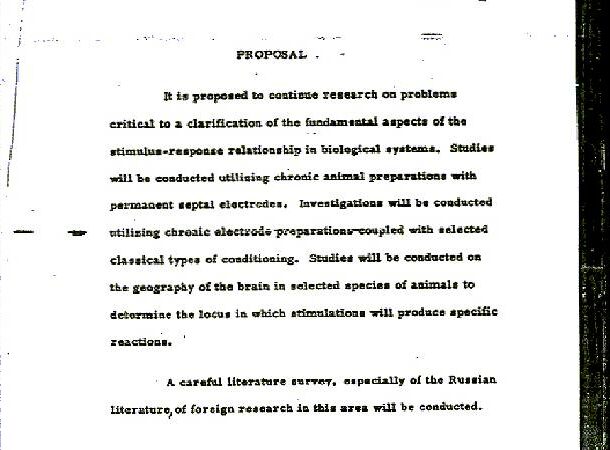
Project MKUltra was an extensive and highly clandestine government research program initiated by the CIA in the 1950s and 60s. The goal of the program was to utilize drugs, particularly LSD, for the purpose of manipulating minds and obtaining information during interrogations.
Although MKUltra was officially terminated in 1973, its legacy still sparks debate today due to its controversial nature and extreme secrecy surrounding it. As a result of this program, many disturbing details about possible unethical forms of experimentation on human subjects have been uncovered.
The Stanford Prison Experiment

The Aversion Project

The Aversion Project was a series of experiments led by Dr. Aubrey Levin in South Africa during apartheid.
The methods used in this experiment are considered medical torture today. And its aim to “cure” homosexuality, in this case in South African soldiers, was generally considered a harmful and discredited practice.
Homosexuality is not a disease or disorder and, therefore, cannot be “cured” as you might treat a medical condition.
Syphilis Experiments in Guatemala
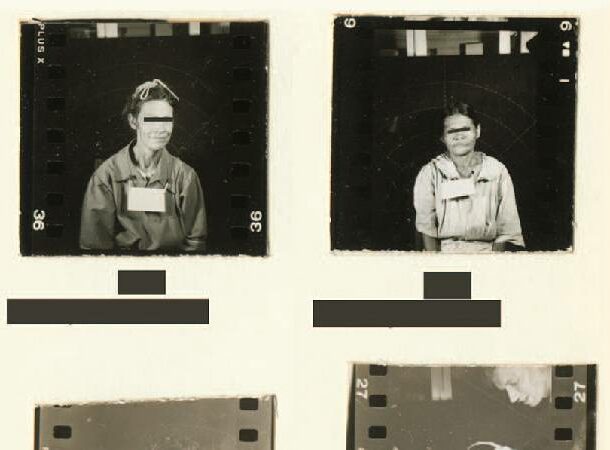
The United States government conducted medical experiments involving the sexually transmitted disease syphilis in Guatemala in the 1940s.
The experiments, which were unethically conducted without the knowledge or consent of the individuals involved, were intended to test the effectiveness of penicillin in treating the disease.
The Effect of Radiation on Testicles
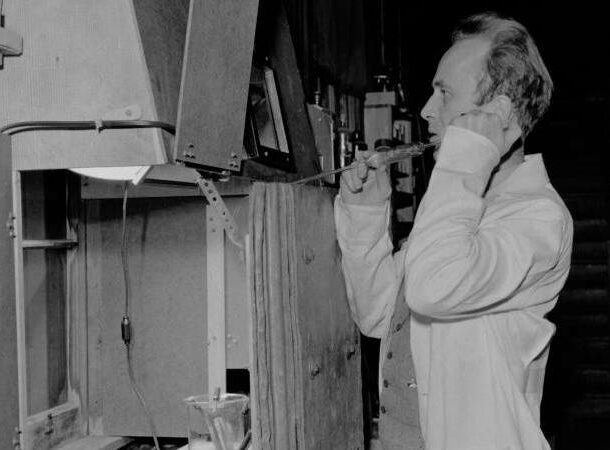
The University of Washington, on behalf of the US government, conducted a series of experiments to test the effects of radiation conducted on US inmates in the 1960s and 70s.
Testing the effects of radiation on human beings is unethical and illegal because it causes harm to live organisms.
The Milgram Experiments
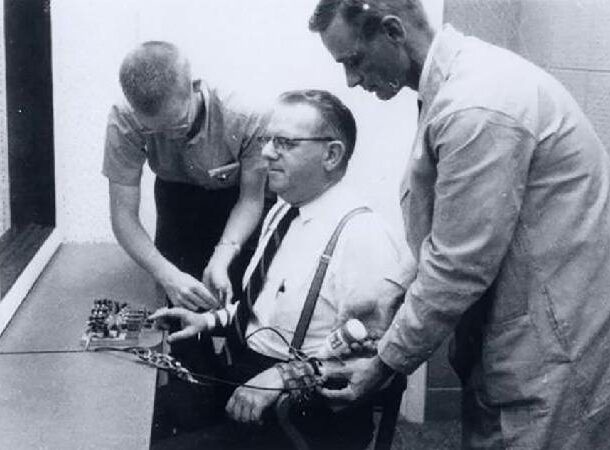
The Milgram experiment was a series of social psychology experiments conducted by Yale University psychologist Stanley Milgram in the 1960s. The experiments were designed to test how far people would go in obeying an authority figure who instructed them to perform actions that conflicted with their conscience.
Some of the participants were led to believe that they would administer electric shocks to others. Unbeknownst to them, the shocks were fake but, believing them to be real, some of the participants were willing to administer these shocks to other people.
Unit 731

Unit 731 was a biological and chemical warfare research of the Imperial Japanese Army that conducted human experimentation during World War II.
It was based in Pingfang District, Harbin, China, and was responsible for some of the worst war crimes committed by Japan. The unit conducted experiments on live prisoners, including Chinese, Korean, Russian, and Mongolian civilians, and prisoners of war, to develop and test biological and chemical weapons.
The full extent of the atrocities committed by Unit 731 is not fully known, but it is estimated that thousands of people were killed and subjected to cruel treatment during the unit’s operation.
The Stimoceiver Chip

In 1965, the Spanish scientist José Delgado conducted a series of neuroscientific experiments known as the Stimoceiver chip experiments. The Stimoceiver is a chip that when inserted in the brain of an animal (or potentially, a human being) can allow a person to direct their behavior.
In his experiment, Dr. Delgado placed the chip on a bull whose behavior he was able to direct with a remote control. The Stimoceiver developed by Delgado has also been tested on human beings.
Electroshocks on Children
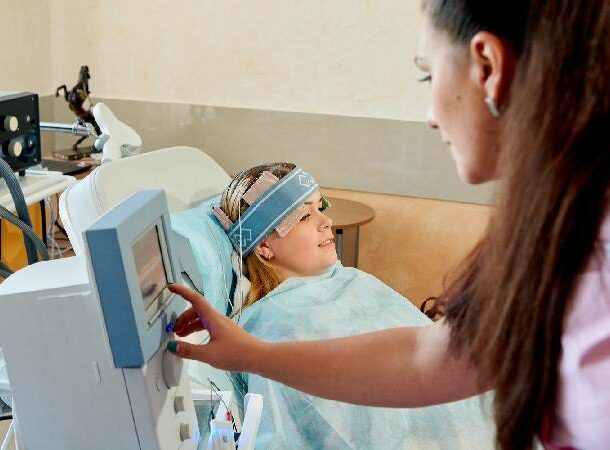
Dr. Lauretta Bender’s work at New York’s Bellevue Hospital between 1942 and 1955 saw her administering electroconvulsive therapy (ECT), or electroshock therapy, to hundreds of infants and children aged three to twelve.
ECT is a psychiatric treatment that uses electric currents to stimulate the brain and can be used to treat severe depression, bipolar disorder, and catatonia. While this form of therapy has been known to be effective for certain individuals, its use on children, in particular, has sparked ethical debates due to its controversial nature.
Dr. Bender highlighted the potential risks associated with using ECT on minors in one of her studies published in 1947. Dr. Bender conducted ECT on hundreds of children aged three to twelve.
Infecting Mentally Disabled Children with Hepatitis
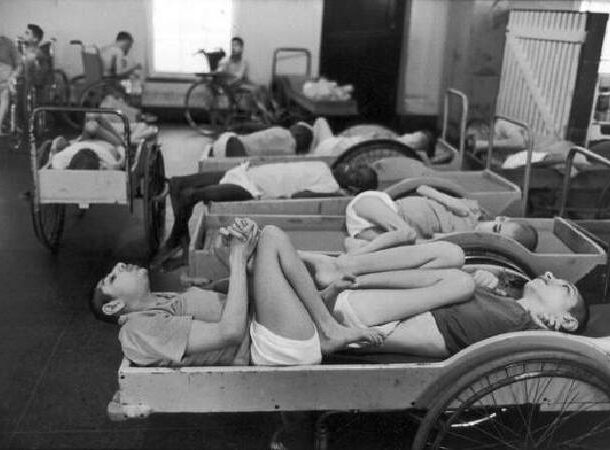
In Staten Island, New York, Willowbrook State School was a state-funded institution for children with intellectual disabilities that fell into disrepair in the early 1970s. Reports and investigations revealed that the facility was overcrowded, lacking in hygiene, and inadequately staffed – creating conditions tantamount to inhumane treatment.
Shockingly, the reports exposed that Willowbrook staff deliberately infected children with hepatitis as part of an experiment to study the effects of the virus. This resulted in numerous lawsuits and further investigations, which ultimately ended with the school’s closure in 1987. Unfortunately, due to these unethical experiments at Willowbrook State School, many innocent lives were forever changed.
Nazi Experiments
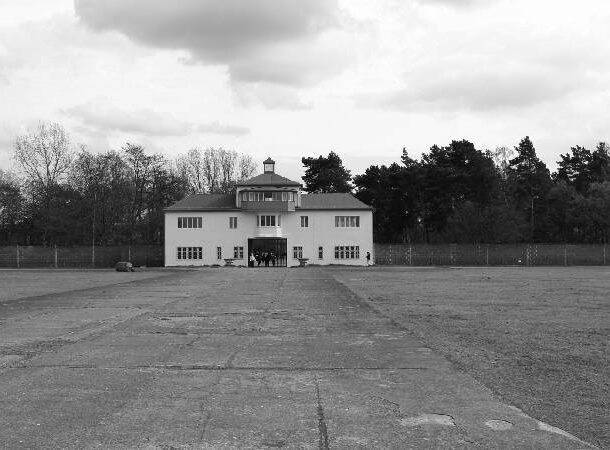
During WW2, the Nazis conducted cruel experiments on prisoners in concentration camps. Without consent from the victims, these experiments were used to advance their eugenic and genocidal goals.
Examples included freezing experiments, high altitude tests, and chemical and biological agent exposure. The individuals responsible for performing such despicable acts were later tried for war crimes after the war ended, with many convicted for their heinous deeds.
It is estimated that over 1000 prisoners were subjected to torture and medical procedures due to these Nazi experiments, which resulted in countless deaths and misery.
The Hofling Hospital Experiment

In 1966, Stanley Milgram’s famous Hofling Hospital Experiment was conducted to investigate the power of authority on human behavior. The experiment featured a nurse, a doctor, and a patient, with the nurse being instructed by the doctor to administer a potentially deadly dose of medication to the patient.
Although most of the nurses had reservations about the safety of this action, they still ultimately bowed to the doctor’s orders, displaying an astounding level of obedience to authority figures. This groundbreaking study highlighted just how influential authority can be on individuals’ actions and beliefs.
Optogenetics
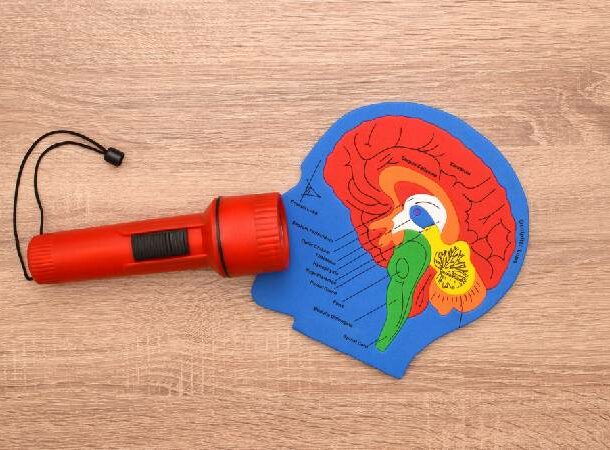
Optogenetics is a technique used in neuroscience involving light to control neurons genetically modified to express light-sensitive ion channels.
This allows researchers to investigate the function of specific neural circuits and study neurological disorders’ underlying mechanisms. The technique has been used to study various brain functions, including perception, behavior, and memory.
Could optogenetics be used to control human behavior?
Radio Frequency Identity Chips

A radio frequency identity (RFID) chip is a compute chip that can be placed on or implanted in people, animals, or objects to track or identify them. An RFID can also store data.
The first RFID implant in a human being took place in 1998. RFID on humans can be used to track their movements and locate them are all times.
TGN1412 Drug Trial

In 2006, the TGN1412 drug trial was conducted to evaluate the efficacy of a new immunomodulatory agent, TGN1412, as a potential treatment for various autoimmune diseases and leukemia.
During the trial, six healthy volunteers were administered the drug – however, it unexpectedly caused an acute systemic inflammatory response syndrome and multiple organ failure in all of them.
This resulted in life-threatening conditions which necessitated emergency medical attention and immediate termination of the trial. Thankfully, due to swift medical intervention, the volunteers were able to recover from their ordeal with no long-term effects.
Tuskegee Syphilis Study
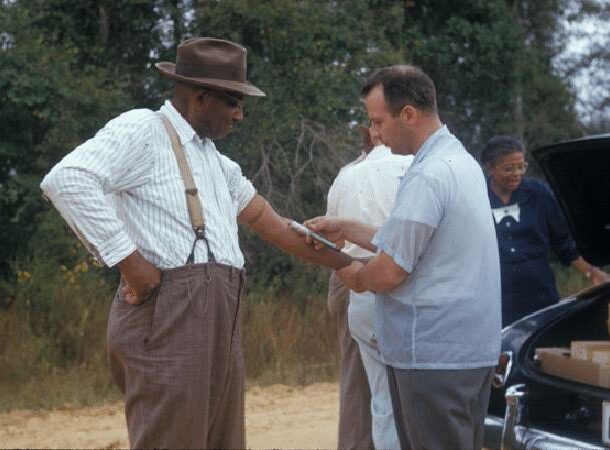
The Tuskegee Syphilis Study was a scientific study performed between 1932 and 1972 by the U.S. Public Health Service in Tuskegee, Alabama. The study was designed to observe the natural progression of untreated syphilis in poor, rural black men who had the disease.
The men were never told they had syphilis, and they were not treated for it even after penicillin became available as a standard cure for the disease in the 1940s. The study is considered a significant example of unethical medical research and racism in the United States.
It led to significant changes in the way clinical studies are conducted, including the development of guidelines for informed consent and the establishment of Institutional Review Boards to oversee the ethical conduct of clinical research.
Mustard Gas Tested on Soldiers
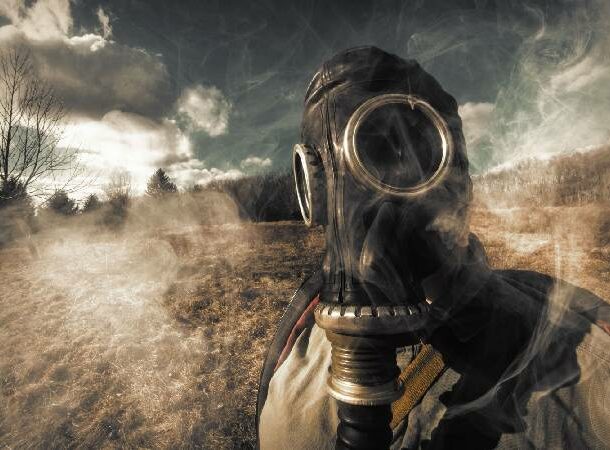
Mustard gas is a chemical warfare agent used during World War I and World War II. It is a potent vesicant, meaning that it can cause severe skin, eye, and respiratory irritation and blistering. During World War I, mustard gas was tested on U.S. soldiers to evaluate its effectiveness as a weapon.
Needless to say, the soldiers exposed to mustard gas often suffered severe injuries and long-term health effects. Without a doubt, these unfortunate soldiers had no idea how bad the experiment was going to be.
Releasing Infected Mosquitos.

In the 1950s, the U.S. Army released millions of mosquitos infected with dengue and yellow fever in Avon Park, Florida, and Savannah, Georgia.
These experiments on biological warfare were designed to test whether mosquitos could spread these contagious illnesses.
Needless to say, many people became sick, and several died from these unethical experiments.
Radioactive Pills for Pregnant Women

As part of research conducted at Vanderbilt University in the 1940s pregnant women were given radioactive pills at a free prenatal clinic run by the university.
This experiment took place in the context of tests conducted on human subjects to determine the effects of nuclear explosions and other kinds of radioactive exposure on human beings during the Cold War period that followed World War II.



























